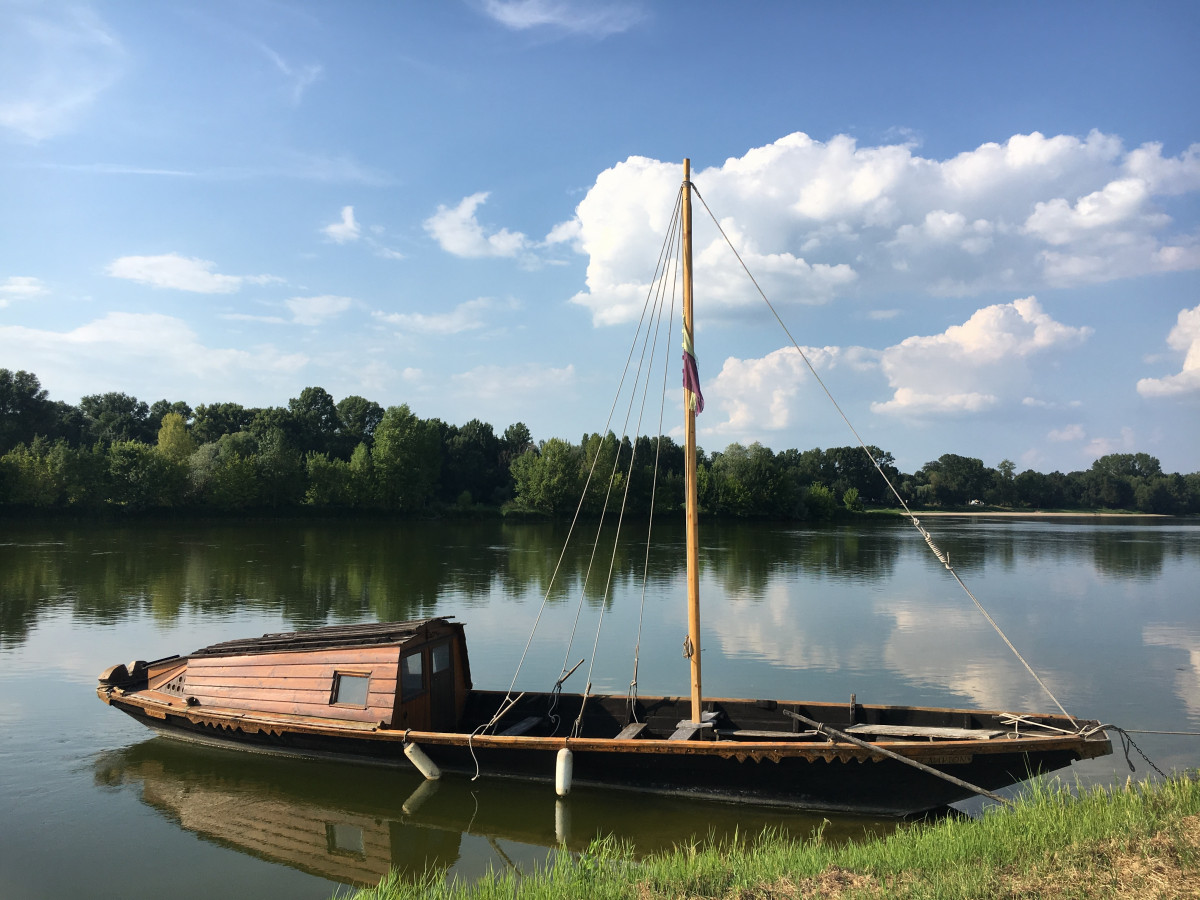The Bois Chétif bocage

Huismes
The Bois Chétif bocage
Easy
2h30
8,1km
+14m
-16m
Loop
Embed this item to access it offline
Description
- Parking and picnic area
This area, with its children's games, toilets and tables, is the starting point for your walk. Take the narrow road northwards. After the bridge over the Indre, turn left and head west. - View of the Indre
The Indre flows through southern Touraine, meeting the Loire a few hundred metres from here. The river frequently floods the surrounding meadows. They fertilise the meadows. These are natural flood expansion zones that protect the market towns from damage.
Continue straight ahead and take the wooden walkway next to the meadow fence. You are now on a farm track laid out between hedgerows. - Pastures
The bocage landscape is shaped by livestock farming, with meadows interspersed with hedgerows that delimit the plots and shelter the animals from the heat, wind and rain. The wet meadows produce good quality grass, in large quantities and for a large part of the year. - Pollarded trees
A pollarded tree is one that is periodically pruned to the same height (every 5 to 10 years), giving it a characteristic bloated head. Trees surrounding meadows were once pollarded to produce firewood and fodder for animals in dry years. This high pruning protected the branches from the teeth of animals, thus ensuring the tree's survival. These ‘trognes’ are extremely valuable for biodiversity, as the old trees contain cavities that provide a habitat for wood-eating insects, bees, bats, owls, etc. ....
Follow the signs through the undergrowth, cross the meadow and return to the farm track. At the end of this path, turn right to join the Loire by bike. - Viewpoint over the Loire and La Chapelle-sur-Loire
This is one of the best views of the Loire. Take your time to admire it. The last ‘wild’ river in France, it is still home to unspoilt nature, including many birds. On the other bank, you can see the village of La Chapelle-sur-Loire and its church in the distance. - Embarcadère
In summer, the Vents d'la Galerne boatmen from La Chapelle-sur-Loire offer scheduled crossings of the Loire. On a toue - a boat that used to be used for traditional fishing - you can go to the right bank of the river. Please note that the landing stage can be moved depending on the location of the sandbanks in the Loire and the water level. - Ponds
There are a number of woodland pools along the Bois Chétif levee, most of which were created when land was borrowed to build the levee in the 1850s. Forest pools are useful for amphibian reproduction. - The dyke
The end of your walk is approaching. After walking along a small cobbled passageway, which bears witness to the partial levelling of the dyke following the flooding of La Chapelle-sur-Loire in the 19th century, you will leave the banks of the river by taking the path on the right to return to your starting point. We hope you've had a great time, and that you'll be keen to discover more of Touraine's rich heritage and environment.
- Departure : Picnic area in Huismes
- Arrival : Picnic area in Huismes
- Towns crossed : Huismes, Avoine, and La Chapelle-sur-Loire
Forecast
Altimetric profile
Report a problem or an error
If you have found an error on this page or if you have noticed any problems during your hike, please report them to us here: